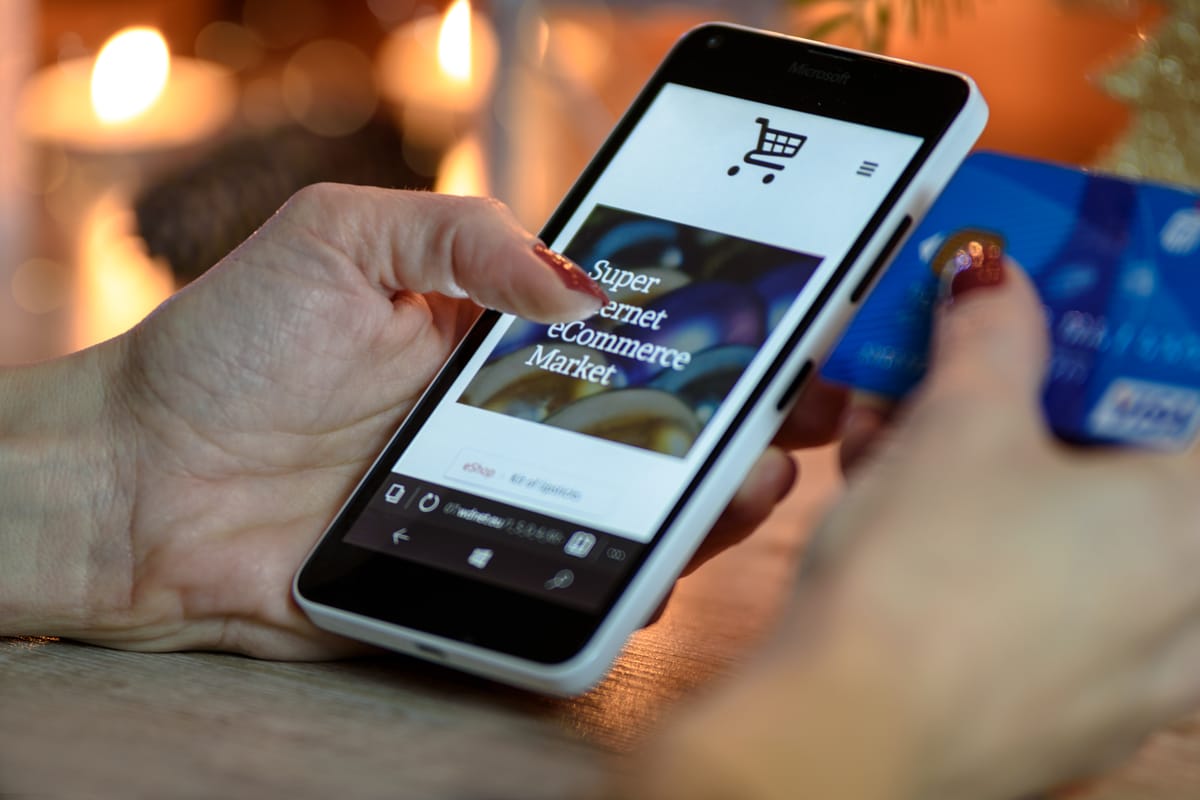How NFC Technology Enhances Passive Electronic Cold Wallets

Hey there, fellow crypto enthusiasts. I've been knee-deep in the blockchain world since the early days of Bitcoin, back when mining on a laptop felt like striking digital gold. Remember those wild rides? One thing that's always kept me up at night is security—how do we protect our assets in a space that's as revolutionary as it is risky? Today, let's dive into how NFC technology is supercharging passive electronic cold wallets, turning them into the sleek, secure guardians of our crypto future.
The End-Game Vision: A World of Seamless, Ironclad Crypto Security
Imagine a crypto ecosystem where your private keys are as untouchable as Fort Knox, yet accessible with a simple tap on your phone. This isn't some far-off dream; it's the roadmap laid out by visionaries like Vitalik Buterin in Ethereum's scalability quests and even echoed in Satoshi Nakamoto's original whitepaper, which emphasized decentralization to thwart centralized vulnerabilities. The end-game? Ubiquitous adoption where everyday folks hold sovereign control over their wealth, free from hacks and honeypots. Passive electronic cold wallets—devices that store keys offline without needing batteries or constant power—are pivotal here. They represent the holy grail: hardware that's "cold" (offline) and passive (powered only when needed), minimizing attack surfaces while maximizing user freedom.
But let's get real. As crypto scales—think DeFi exploding to trillions in value locked—we need wallets that don't just secure but also integrate effortlessly into daily life. NFC, or Near Field Communication, steps in as the bridge, enabling contactless interactions that feel magical yet grounded in robust tech.
Advantages of Passive Electronic Cold Wallets
First off, why go passive? Traditional cold wallets, like USB-based hardware devices, shine in security because they're air-gapped—no internet means no remote hacks. Passive versions take this further by ditching batteries altogether. They're essentially smart cards or chips that lie dormant until activated, drawing power from an external reader. This design slashes failure points; no degrading batteries to worry about, and they're ultra-portable—slip one into your wallet like a credit card.
The perks are compelling. Enhanced isolation keeps private keys offline, rendering them immune to malware or phishing. Scalability? These wallets handle multiple assets across chains without bloating your setup. And for the eco-conscious among us, their low-energy footprint aligns with crypto's push toward sustainability, as seen in projects like Proof-of-Stake transitions. I recall my first cold wallet experience: fumbling with cables during a market dip, heart racing. Passive designs eliminate that hassle, offering peace of mind that's priceless in volatile times.
Limitations: Fragmentation and Usability Hurdles
Yet, nothing's perfect. Passive cold wallets, while secure, often suffer from fragmentation. Interoperability issues plague them—transferring assets between chains can feel clunky, requiring multiple devices or apps. Then there's the usability trap: without intuitive interfaces, newcomers get intimidated. How many times have we seen friends abandon crypto because signing a transaction felt like decoding ancient hieroglyphs?
Interoperability woes extend to broader ecosystem challenges. Cold storage might protect against online threats, but what about physical risks like loss or theft? And in a multi-chain world, bridging assets securely without exposing keys remains a pain point. These limitations fragment the user experience, slowing mass adoption. I've lost count of the horror stories—wallets bricked by forgotten PINs or incompatible software updates. It's clear: we need innovation that marries cold wallet fortitude with hot wallet convenience, without the vulnerabilities.
NFC Technology: The Innovative Fix
Enter NFC technology, the unsung hero flipping the script on these challenges. NFC enables short-range wireless communication, powering passive devices through electromagnetic induction from a reader (like your smartphone). In passive electronic cold wallets, this means your wallet card stays offline and unpowered until you tap it against your phone. No cables, no batteries—just a seamless tap to generate signatures or view balances via a companion app.
The enhancements are game-changing. Security amps up because transactions are authorized offline; the wallet signs them without ever connecting to the internet. This passive nature thwarts relay attacks—common NFC vulnerabilities—by requiring physical proximity. Plus, NFC's encryption layers, like those in EMV standards, add another shield against eavesdropping.
From a usability standpoint, it's a revelation. Imagine tapping your wallet card to approve a DeFi loan or NFT purchase—quick, contactless, and intuitive. It bridges the gap between cold storage's isolation and real-world needs, fostering interoperability. For instance, NFC-enabled wallets can integrate with mobile apps supporting multiple protocols, reducing fragmentation. And let's not forget accessibility: for the visually impaired or tech novices, that tactile tap simplifies everything.
I once demoed an NFC setup at a crypto meetup, and the "aha" moments were electric. Folks who'd shied away from hardware wallets suddenly saw the light—security without sacrifice.
Philosophical Reflections: Enabling Secure Cooperation at Scale
Stepping back, NFC-enhanced passive cold wallets aren't just tech upgrades—they're enablers of a philosophical shift. Crypto's core promise is trustless cooperation, where individuals collaborate securely without intermediaries. By making cold storage accessible and interoperable, NFC paves the way for this at scale. Think global remittances without borders, or DAOs where members vote securely from their pockets. It democratizes security, empowering the unbanked and fostering a world where digital sovereignty is the norm.
Yet, it's a reminder: technology alone isn't enough. We must pair it with education and ethical design to avoid new pitfalls, like over-reliance on mobile devices. The broader impact? A more resilient ecosystem, where innovation outpaces threats, echoing Buterin's vision of "credible neutrality."
I'm genuinely excited about this trajectory. Projects like OpenXC aren't just products; they're catalysts for the crypto renaissance we've all been chasing. If you're dipping your toes into hardware wallets, give NFC a shot—it might just redefine your security game.
OpenXC
*** The views expressed here are those of the individual author and are provided for informational purposes only.
